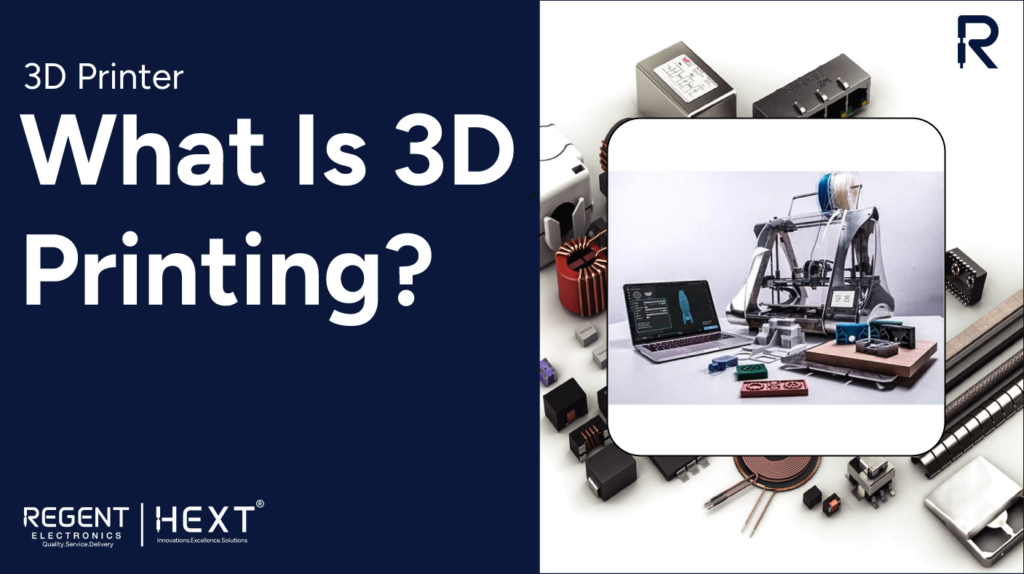
What is 3D Printing? – Working, Types, Software & Process
3D printing, also known as additive manufacturing, is a transformative approach to production that allows for the creation of three-dimensional objects from digital designs. With its growing adoption across industries—ranging from aerospace to healthcare and home-based DIY projects—3D printing is reshaping the future of how we build, customize, and innovate.
🧠 What is 3D Printing?

3D printing is a layer-by-layer manufacturing process that transforms digital files into physical objects. Unlike traditional subtractive manufacturing that cuts away material, 3D printing adds material only where needed, minimizing waste.
This technology is now being used to create a wide range of products—from simple prototypes and custom toys to medical devices and tools used in critical areas like the fight against pandemics.
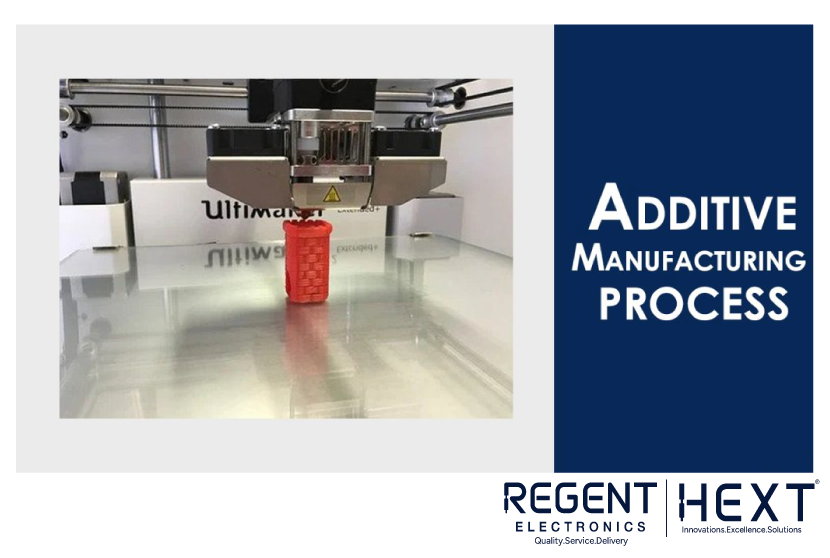
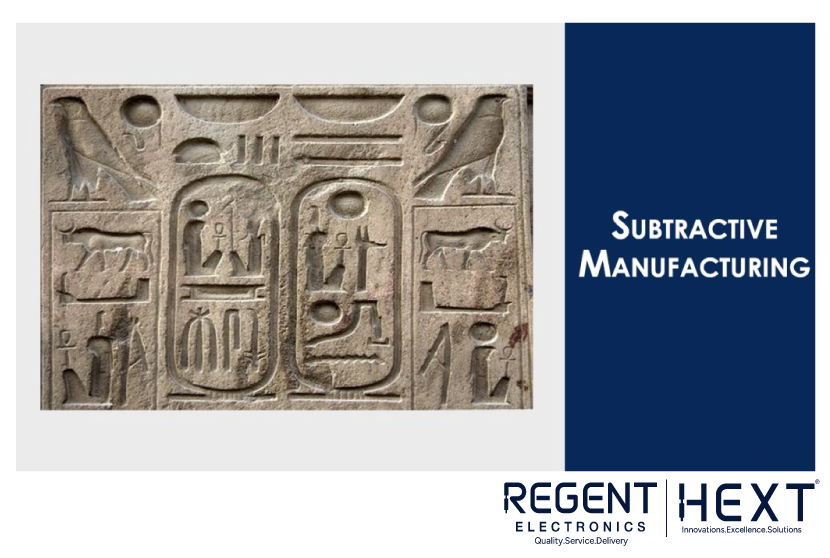
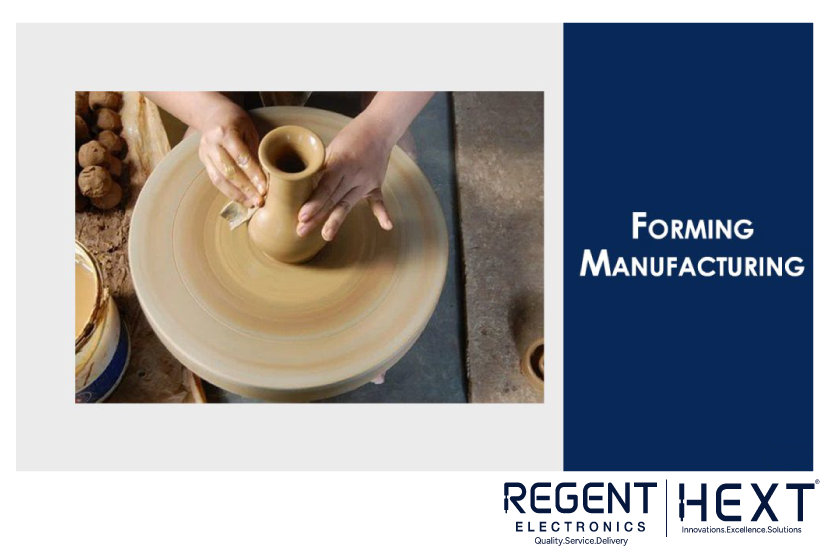
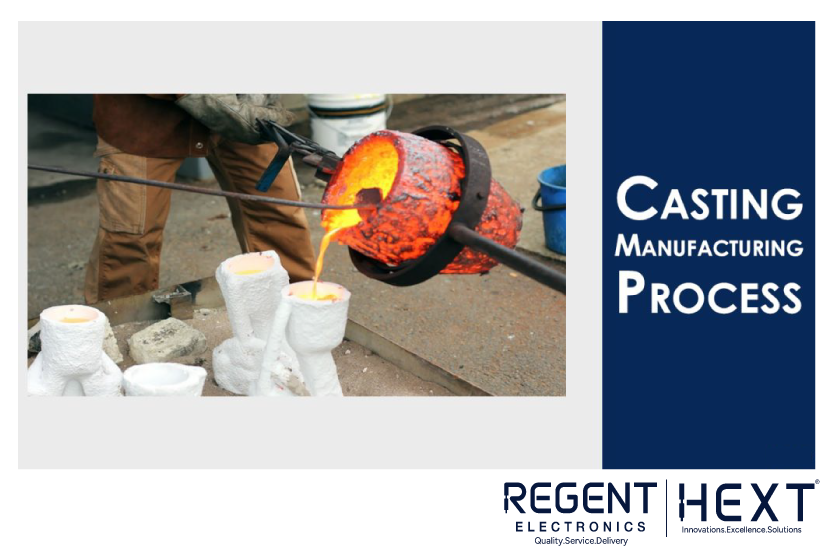
⚙️ How Does 3D Printing Work?
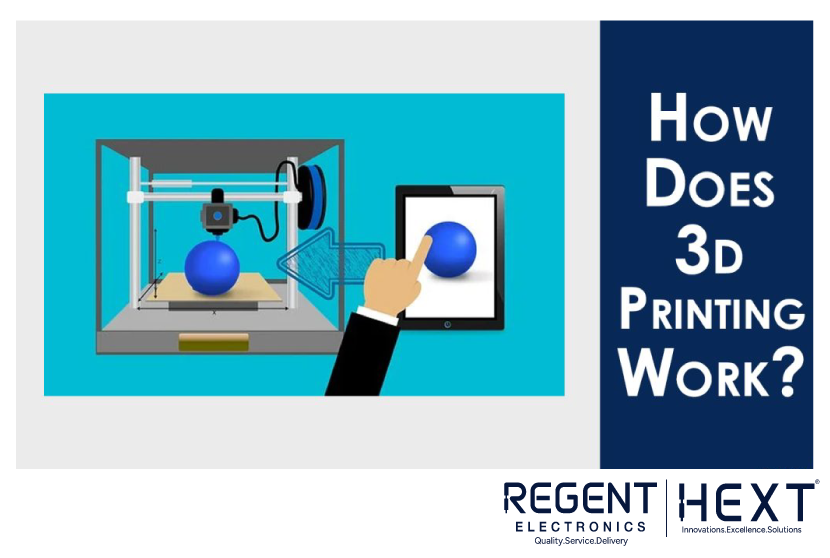
The 3D printing process involves several key steps:
1. Designing the 3D Model
A digital blueprint of the object is created using CAD (Computer-Aided Design) software. Popular 3D modeling tools include:

- Fusion 360 – Great for beginners and cost-effective
- Autodesk Inventor
- SolidWorks – Popular among professionals for complex models
- CATIA – High-end modeling with advanced features
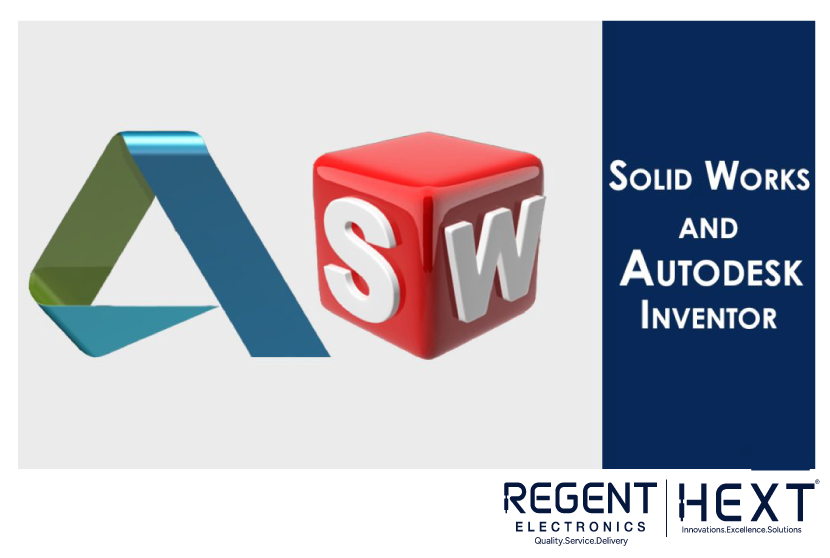
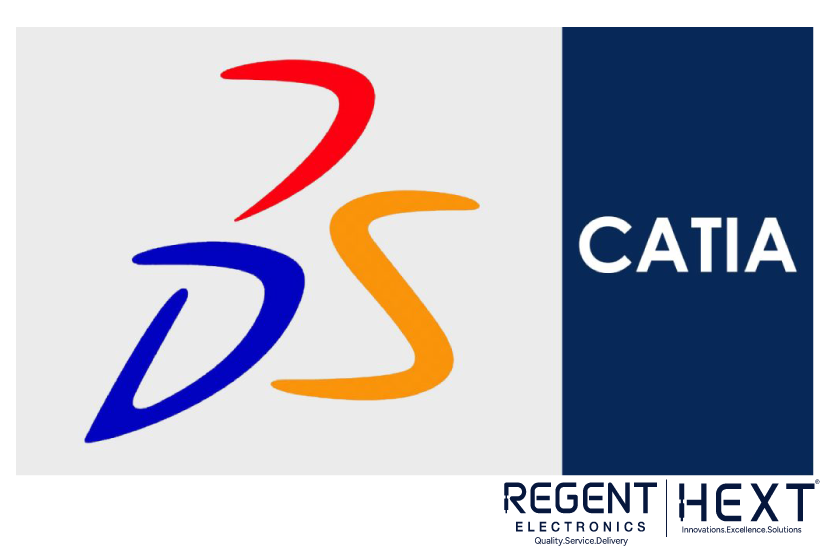
Alternatively, you can also download ready-to-print STL files from 3D model repositories online.
2. Slicing the Model
Before printing, the 3D model must be “sliced” into layers using slicing software like:
- CraftWare
- AstroPrint
These tools convert the model into machine-readable G-code and add necessary support structures for printing overhangs or hollow parts.
3. Printing the Object
The sliced file is sent to a 3D printer, which then melts and deposits material layer by layer to form the object. The entire process is automated and follows the digital design with high precision.
🛠️ 3D Printing Technologies Explained
There are various 3D printing technologies available today. According to the ASTM (American Society for Testing and Materials), they are classified into seven categories:
1. Vat Photopolymerization
- Examples: SLA (Stereolithography), DLP (Digital Light Processing)
- Uses liquid resin cured by light.
2. Material Jetting
- Deposits droplets of material layer-by-layer.
3. Binder Jetting
- A binding agent is used to fuse powder-based materials.
4. Material Extrusion

- Example: FDM (Fused Deposition Modeling)
- Filament is melted and extruded through a heated nozzle.
5. Powder Bed Fusion
- Example: SLS (Selective Laser Sintering)
- Laser fuses powder particles layer-by-layer.
6. Sheet Lamination
- Layers of material are bonded via adhesives or welding.
7. Directed Energy Deposition
- Focused energy is used to melt materials during deposition.
🔍 Spotlight on FDM – The Most Popular Technology
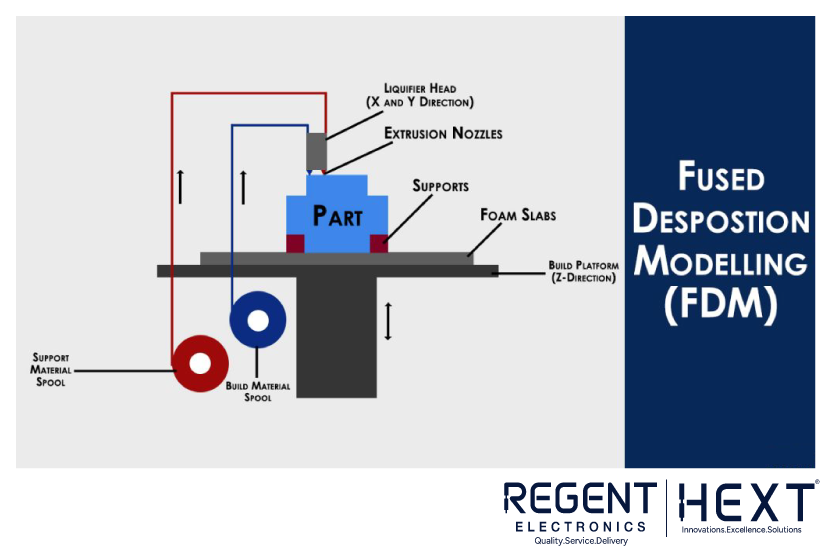
Fused Deposition Modeling (FDM) is the most commonly used 3D printing method, especially for desktop printers. Here’s how it works:
- Material Loading: Filament (usually PLA or ABS) is fed into a heated extruder.
- Heating & Extrusion: The filament melts and is extruded through a nozzle.
- Layer-by-Layer Printing: The extruder head moves in X, Y, and Z directions to deposit material on the print bed.
- Cooling & Solidification: Each layer cools and hardens before the next one is applied.
FDM is widely used due to its affordability, speed, and accessibility.
🧾 Step-by-Step Summary: 3D Printing Workflow
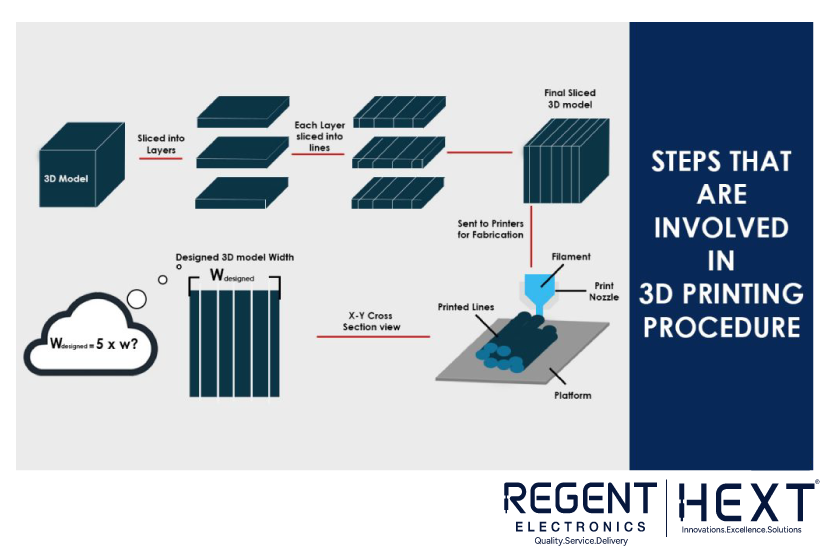
- Design the 3D model using CAD software.
- Export the file in STL format.
- Slice the STL file using slicing software.
- Transfer G-code to the 3D printer.
- Print the object layer-by-layer.
- Post-process by removing support structures and finishing.
🏭 Industries Using 3D Printing
3D printing is revolutionizing multiple industries, including:
- Eyewear & Fashion
- Footwear Prototyping
- Drone Design & Development
- Electronics Prototyping
- Custom Jewelry
- Medical & Dental Applications
- Education & Research
- Automotive and Aerospace Parts
As this technology continues to evolve, its accessibility and capabilities are expanding dramatically.
🧠 Conclusion
3D printing is no longer just a buzzword—it’s a practical, efficient, and customizable manufacturing method that anyone can leverage. Whether you’re a hobbyist or a professional, understanding how this technology works is the first step toward harnessing its full potential.
Stay tuned for our next blog where we’ll dive deeper into the top 3D printers for beginners and professionals and how to choose the best one for your needs.
🛍️ Looking to Print Your Own Designs?
At Regent Electronics, we provide affordable online 3D printing services with quick turnaround and doorstep delivery. Get instant quotations and bring your ideas to life!
